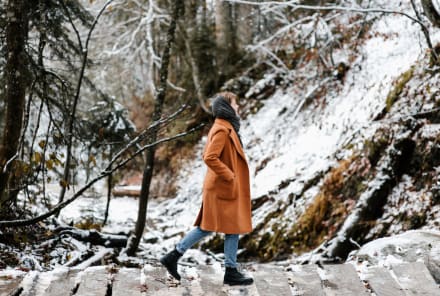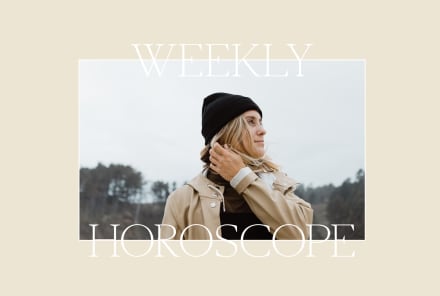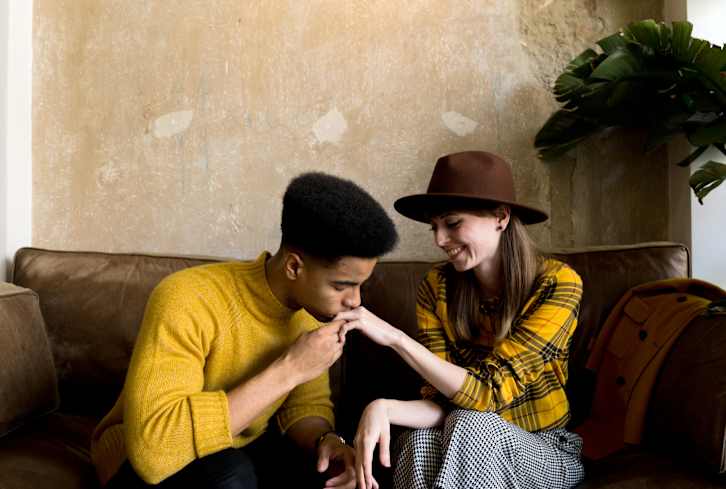Advertisement

My daughter, Lindsay, was 11 months old when I first fed her scrambled eggs with cheese. She immediately broke out in hives, threw up, and turned blue. Lindsay was in anaphylactic shock and her system was shutting down. The call to 911 and the ambulance team that arrived saved her life.
The next week, we visited our local allergist who performed skin-prick testing, which demonstrates an allergic response to a specific allergen, and a blood test, which measures the amount of IgE or “immunoglobulin E,” the antibody that triggers food allergy symptoms. Following these tests, we discovered that Lindsay was severely allergic to dairy, eggs, peanuts, and tree nuts.
Each phase of life since has presented its own unique challenges.
When Lindsay was an infant, it was very difficult for me to leave her side. I was worried that someone would feed her a snack or the wrong sippy cup and miss the reaction — thus putting her in life-threatening danger.
I pre-board every plane to wipe down seats and clean off potential allergens. There's nothing scarier than the thought of anaphylaxis at 30,000 feet.
During Lindsay's toddler phase, it was hard to join playgroups because common snacks like Goldfish, Doritos, and Pirate's Booty were everywhere and we were told that peanut or cheese dust could lead to a reaction if inhaled. I always traveled with my snacks and when possible I called all of the moms ahead of time and asked if I could bring Lindsay’s snacks for all of the kids. At this age, Lindsay didn't understand why she could not eat the same food as all of the other children. It was heartbreaking.
Then the dreaded school phase arrived. How could any school be equipped to ensure no one spilled milk on Lindsay or shared their peanut butter sandwich? Who could keep learning spaces and educational materials clean and free of allergens?
Thankfully, we were blessed to find schools who partnered with us to keep her environment clean. Lindsay was able to consume snacks that didn't contain cheese dust and nuts alongside her friends, and her schools agreed to wash all of the children’s hands after any snack or meal. (At home, we separate Lindsay’s food from anything containing dairy, eggs, and nuts. She has her own shelf with her safe snacks!)
Next came the birthday party phase, where pizza and cake were standard fare. This was extremely hard because birthday treats smell great and look so inviting. For a while we avoided the parties, but then she wanted to participate so I brought all “Lindsay’s foods.” I would make Rice Krispies bars with dairy-free margarine or buy her favorite dairy-, egg-, and nut-free treats.
Lindsay started to resent her allergies. "Why do I have food allergies? It is so unfair. It is so scary," she'd say. "It makes me feel different, sad, uncomfortable, and left out."
Eating is a part of life, and avoiding certain foods became increasingly hard to deal with. For example, when Lindsay was 7 years old she was a Girl Scout and needed to sell cookies that she could not even eat. And at church, she isn't able to take communion if we don't have the right bread to substitute.
Eating dictates everything we do as a family.
Food allergies are incredibly dangerous when eating away from home. A trace amount can be found anywhere. For example, one server didn't wash his hands after touching cream cheese and picked up Lindsay's egg-, dairy-, and-nut free bagel to put it in the bag. Another time, a server mistakenly put a nut-contaminated vitamin supplement into her fruit shake. Both accidental exposures required 911 calls and ambulance teams to get her safely to the hospital.
We have a few restaurants that we feel safe visiting, as the chef and entire team are aware of Lindsay’s allergies and are vigilant. But for the most part, we don't go out to eat with Lindsay for fear of a food containing an allergen we cannot see.
Eating dictates everything we do as a family. Traveling has been the hardest part of living with food allergies. I have spent a decade pre-boarding planes to wipe down Lindsay’s seat and surrounding areas to clean off potential allergens. I have pleaded with countless airline teams to make announcements and to not serve nuts on the plane. There is nothing scarier than the thought of anaphylaxis at 30,000 feet. And we've only stayed in hotels with kitchens so we can make all of her food.
But most of all, I want to make sure that Lindsay isn't defined by her food allergies.
Lindsay dove (literally) into gymnastics six years ago. She joined a gym that embraced her food allergies and did everything possible to keep her safe. Now 12 years old, Lindsay spends 15 hours a week practicing and competing. Lindsay is a gymnast who happens to have food allergies. She is not the “allergic kid” in the corner.
These days, I'm also focused on finding a cure. Diagnosed food allergies are an epidemic affecting 1 in 12 children in the United States and that rate is doubling approximately every 10 years.
Two years ago I met Elise Bates at a local food allergy meeting. Not only did Elise share my passion to find a cure because of her own daughter's life-threatening allergies, but she also had a vision of how to make a difference. Within a year, our families founded End Allergies Together, Inc. (EAT), a nonprofit organization solely dedicated to funding food allergy research.
EAT is committed to finding a cure for food allergies by directly funding the researchers who strive to find new treatments and solutions for this growing epidemic. EAT was founded on the premise that everyone’s contribution, big or small, is crucial. If we all do something small, collectively we can do something extraordinary.
Our hope and dream is that someday Lindsay will be able to live a life where she can just eat.
In the meantime, we are grateful for her friends, family, coaches, and teachers who keep her safe every day. And for the researchers who dedicate their careers to helping find a cure.
Related reads:
Watch Next
Enjoy some of our favorite clips from classes
Enjoy some of our favorite clips from classes
What Is Meditation?
Mindfulness/Spirituality | Light Watkins
Box Breathing
Mindfulness/Spirituality | Gwen Dittmar
What Breathwork Can Address
Mindfulness/Spirituality | Gwen Dittmar
The 8 Limbs of Yoga - What is Asana?
Yoga | Caley Alyssa
Two Standing Postures to Open Up Tight Hips
Yoga | Caley Alyssa
How Plants Can Optimize Athletic Performance
Nutrition | Rich Roll
What to Eat Before a Workout
Nutrition | Rich Roll
How Ayurveda Helps Us Navigate Modern Life
Nutrition | Sahara Rose
Messages About Love & Relationships
Love & Relationships | Esther Perel
Love Languages
Love & Relationships | Esther Perel












